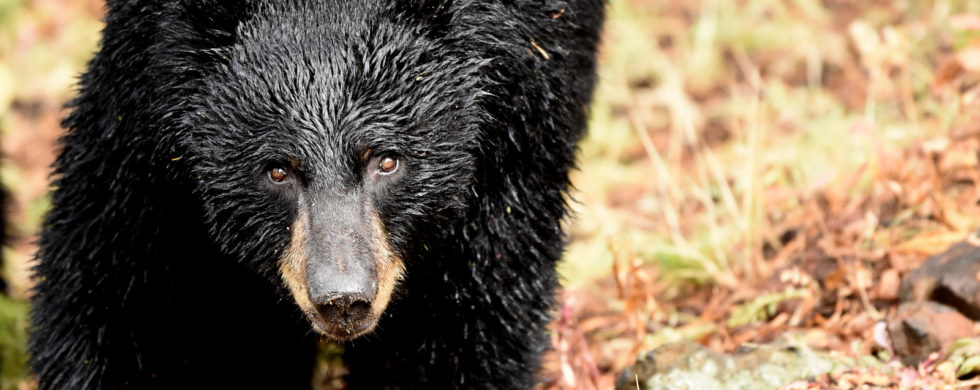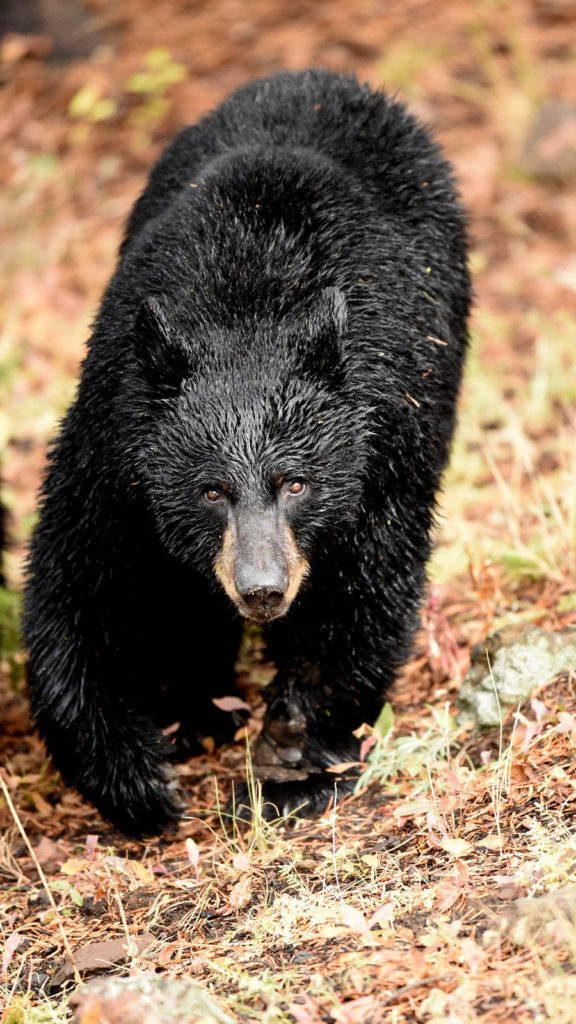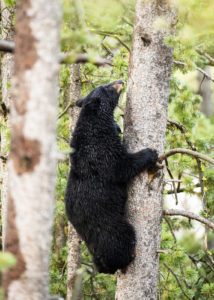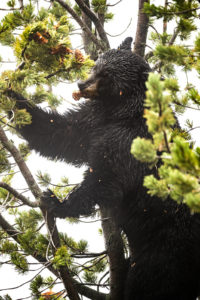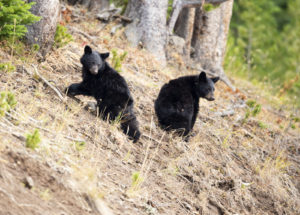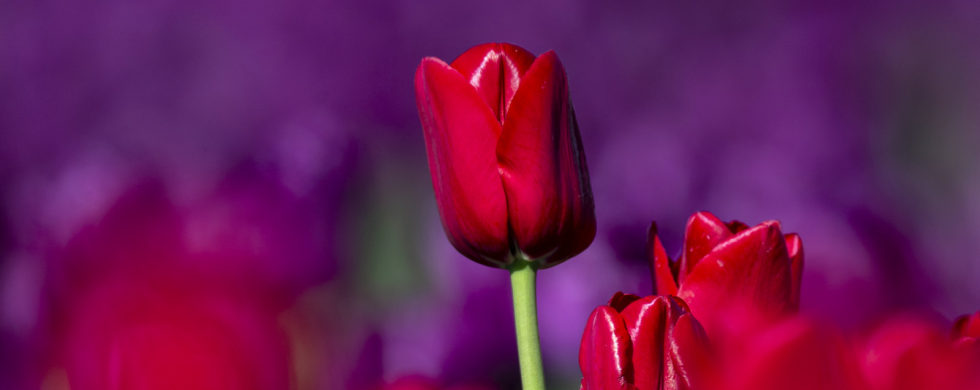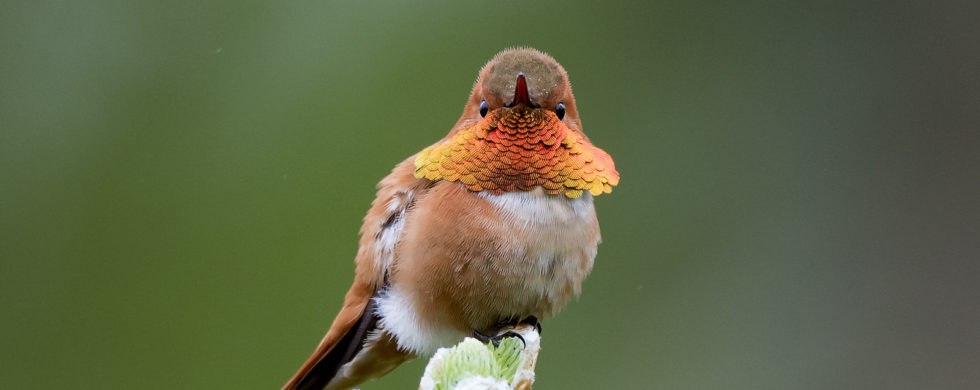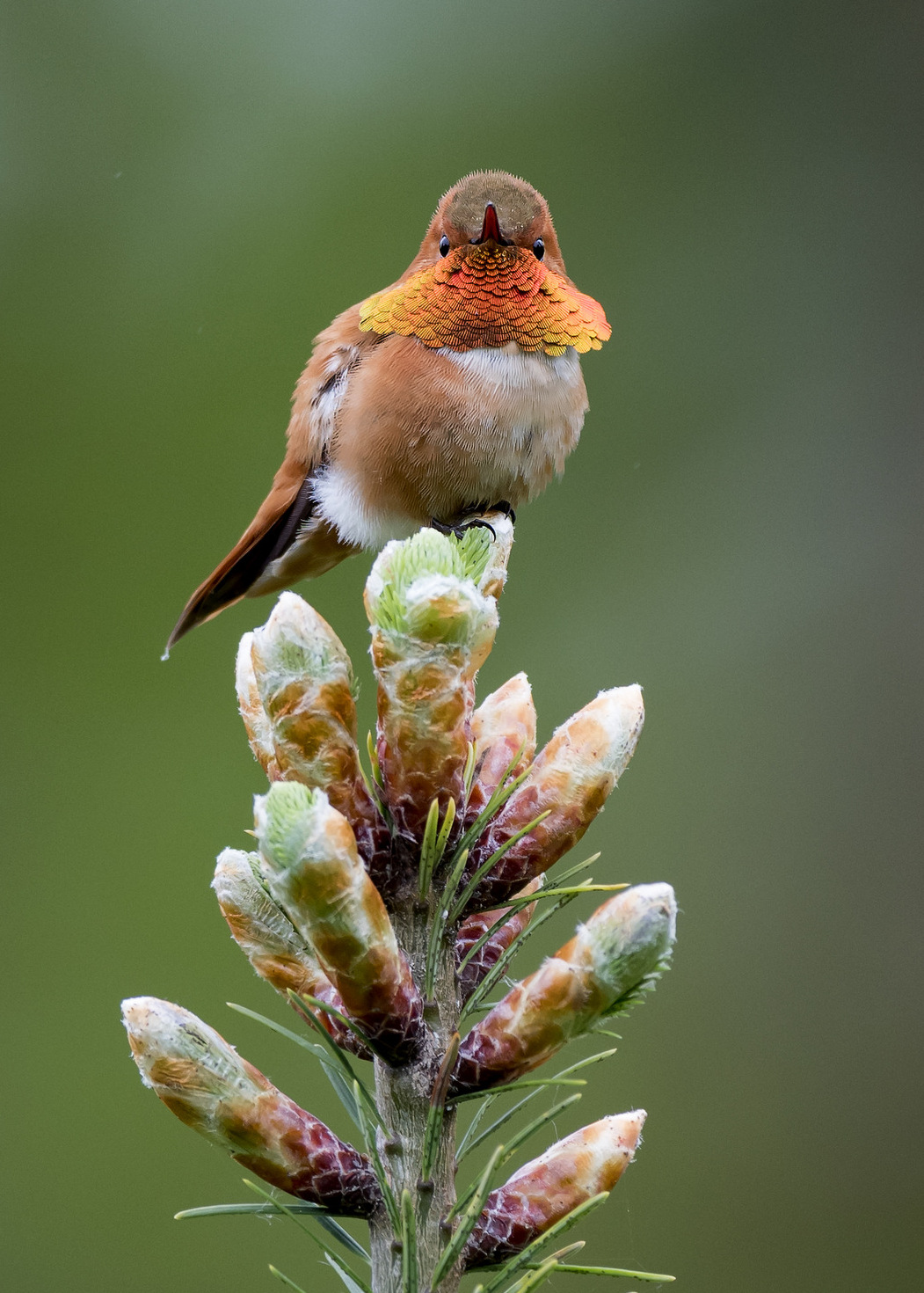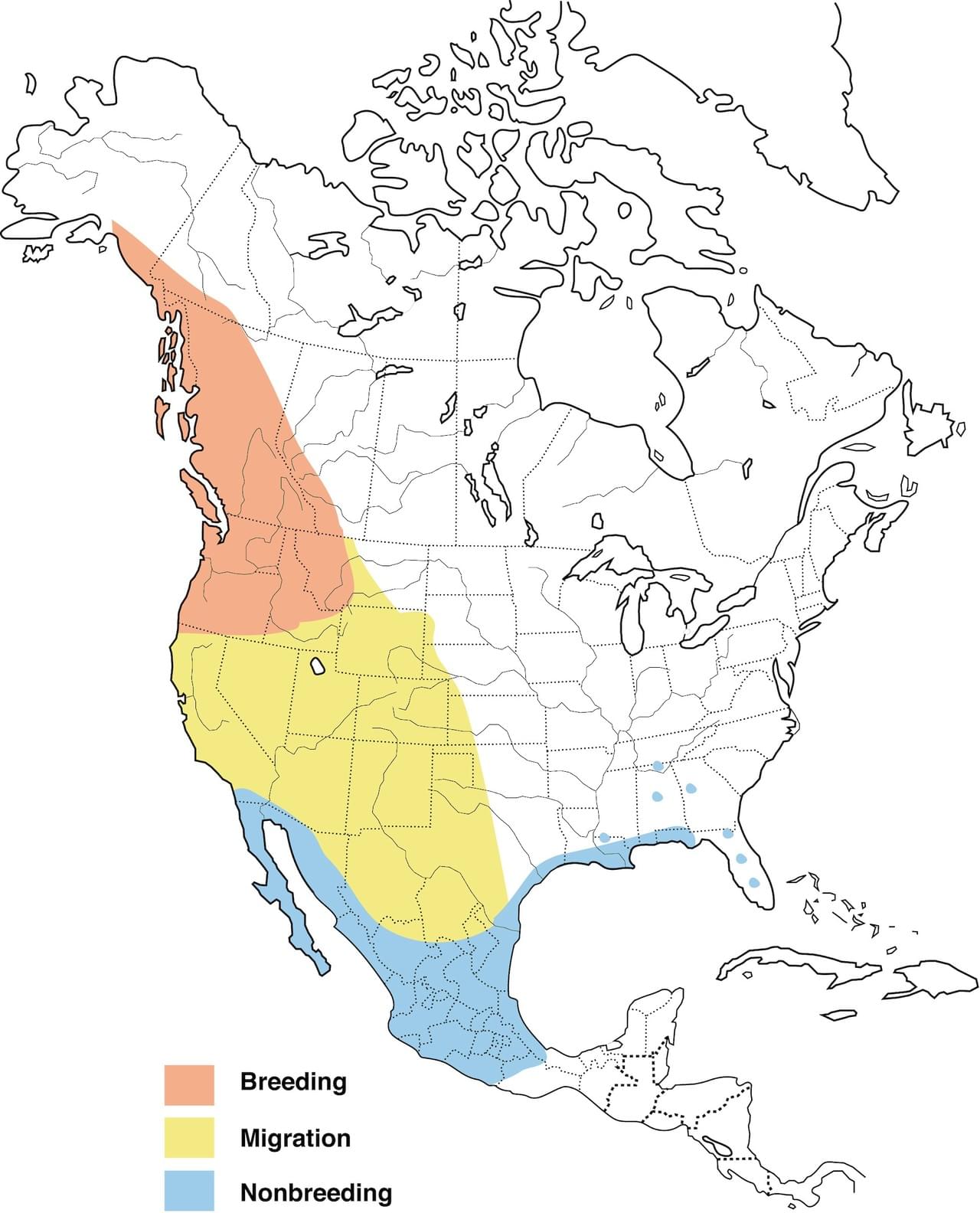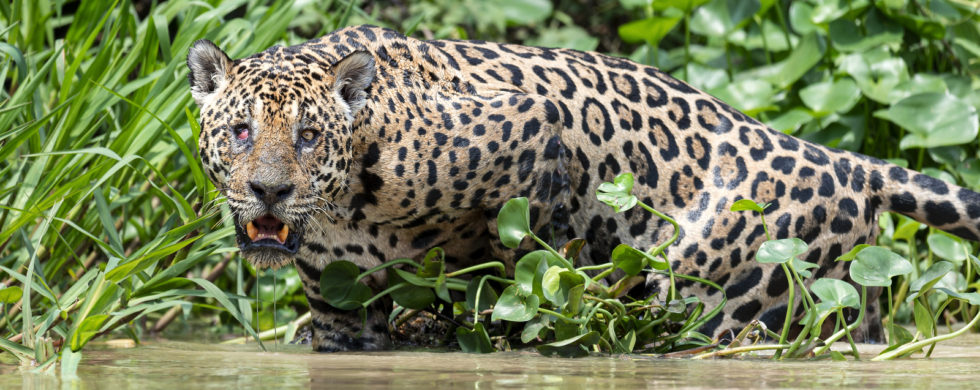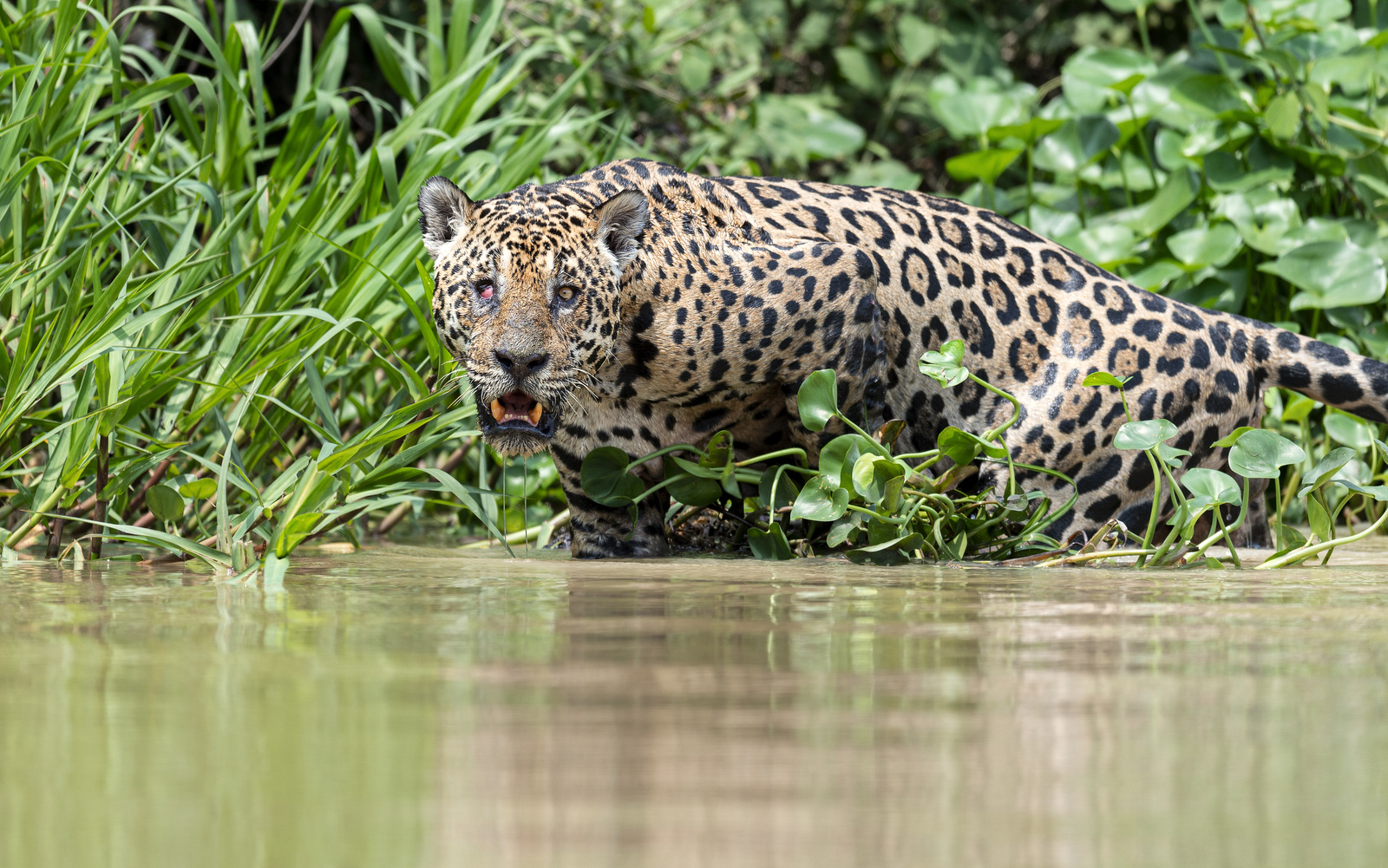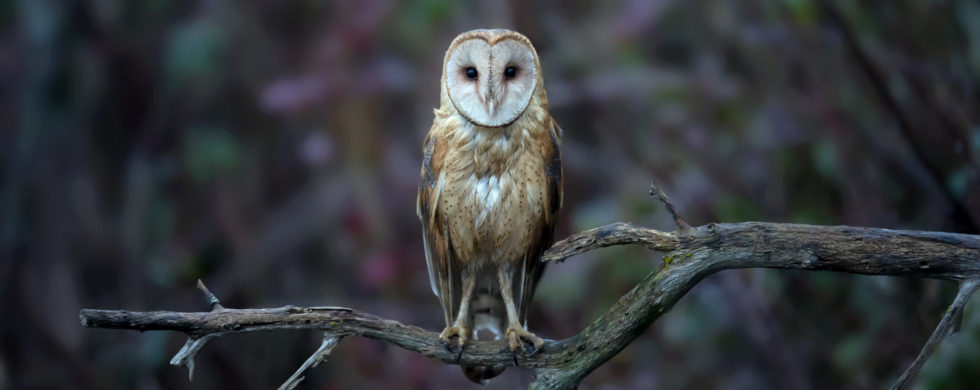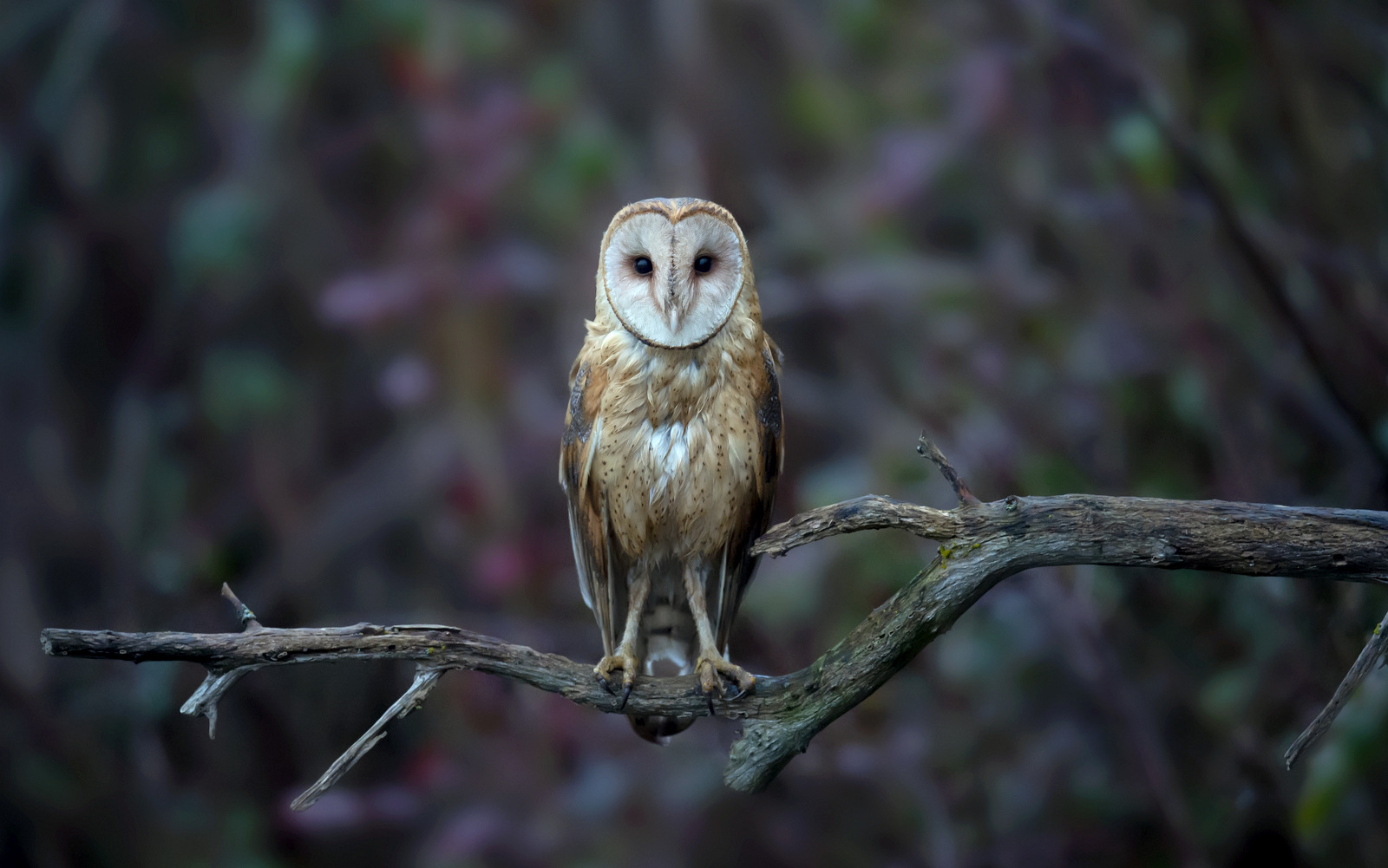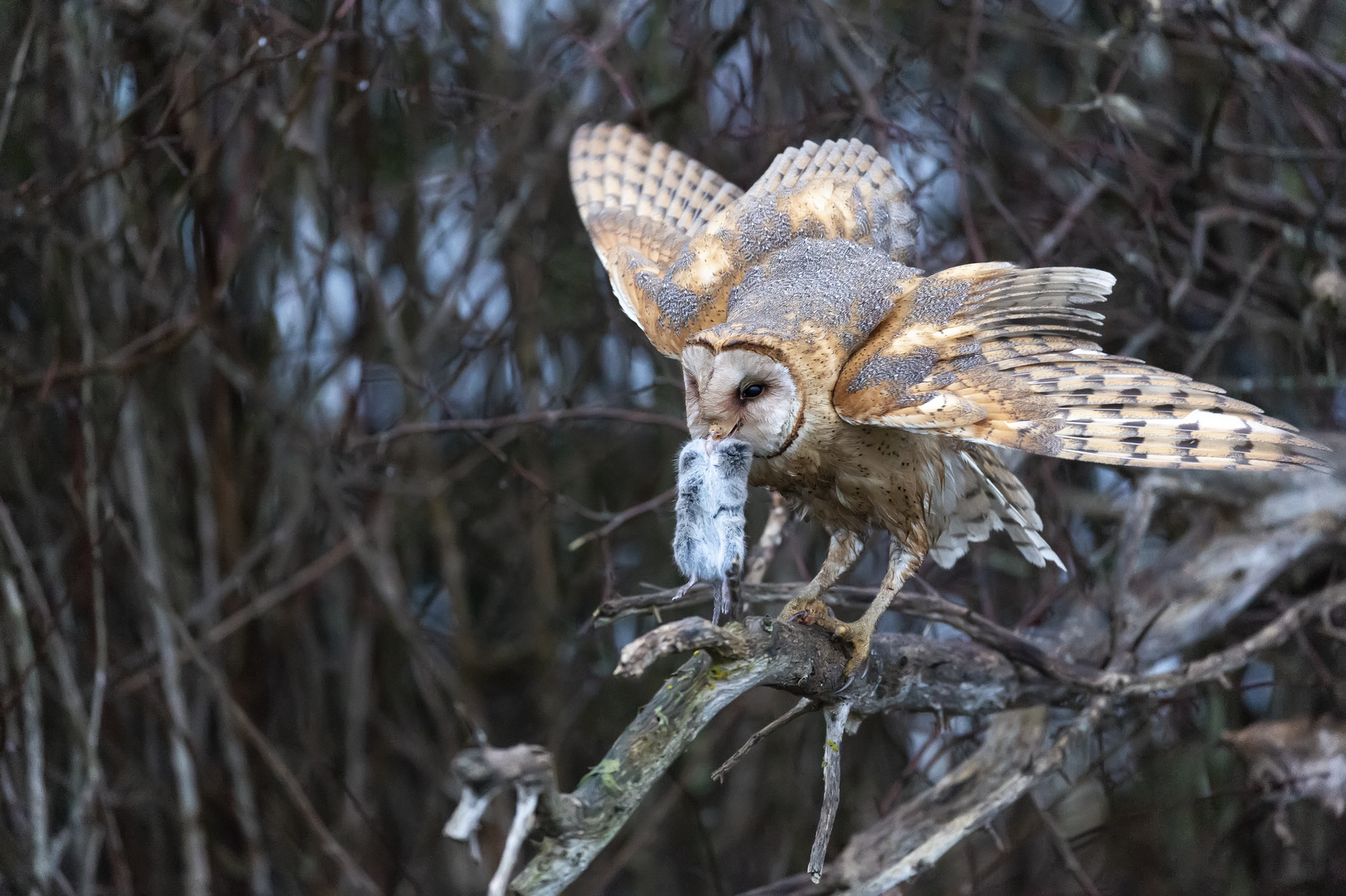31
Shot of the Month – July 2019
Heeeey BooBoo, did you know that we have three bear species that live in North America? It is true. We gots the Polar Bear, the Brown Bear (Grizzly) and Ursus americanus, aka the American Black Bear (ABB). The ABB, is the smallest of the three bear species, is the most common, and can only be found in North America.
The ABB can be found in at least 40 states in the U.S. and ranges from Canada to Mexico. It is estimated that there are 600,000 black bears in North America with half found in the U.S. Black bears are typically found in forests where they can find a rich variety of fruits, nuts and vegetation. Black bears may have originally gravitated to woodlands and thick vegetation to avoid larger more aggressive bears like the grizzly that tend to favor open habitats. These bears are omnivores and their flexible diet allows them to live in a range of habitats including coniferous and deciduous forests as as well as open alpine habitats.
Up to 85% of the ABB’s diet is made up of vegetation which can include roots, grasses, fruits, berries, hazelnuts, oak acorns and whitebark pine nuts. The majority of the bear’s animal diet is made up of insects like bees, yellow jackets, ants and their larvae. And like Winnie the Pooh, they love honey and will rip apart bee hives for the tasty treat. And depending on the location ABBs will hunt for fish (salmon, suckers, trout, catfish). Black bears rarely hunt on large game but they will take the occasional mule or white-tailed deer fawn and may take elk or moose calves.
Despite their name, black bears can in fact be found in a variety of colors including brown, blond, cinnamon, rust and even white. This color variation can cause some people to misidentify a black bear for a grizzly bear. The size of black bears can vary dramatically depending on season and the availability of food. Males typically range from 130 to 660 pounds while females typically come in at 90 to 175 pounds.
Black bears have relatively short, non-retractable claws that make them very good at climbing trees. I photographed the female black bear above in Yellowstone NP in Dunraven pass where she was climbing whitebark pine trees to feast on the pine seeds. Mom would climb the tree and bite off the pine cones and drop them down to her cubs below. The large seeds, or nuts, of whitebark pine are a high-energy food rich in fats, carbohydrates, and protein. This makes them an important resource for bears (black, grizzly) fattening up in the fall before denning. Unfortunately the whitebark pine is endangered and at risk for extinction. Many of the causes of the decline of the tree are due to humans — the warming climate is allowing the mountain pine beetle to thrive and decimate the tree population. Also, over the last hundred years humans have suppressed fires in yellowstone and in other alpine areas — turns out that fires were an essential tool in keeping forests diverse and robust. You can learn more about this crisis here.
- Mom climbing a tree..
- Got a cone!
- Cubs waiting for mom…
If you spend much time in the woods of the US or Canada you have a pretty good chance of seeing a black bear – fear not, black bears are generally not aggressive. That being said, please give all wild animals ample space and admire from a safe distance. Otherwise, you may just find Yogi and his brethren in your pick-e-net basket!
Until next month….m
Nikon D4S, Nikon 600mm, f/4, 1/800 sec, ISO 6400, EV +1.0
Sources for this post include:

